News
Application of Saint Wright Hollow Glass Microspheres in Thermal Insulation Coatings
Release time:
2023-05-05
Thermal insulation coating system is coated on the surface of the building wall, by the bottom coating, coating, surface coating composite, applied with decorative, thermal insulation function of the composite coating, referred to as thermal insulation coating or thermal insulation coating. Relevant standards specify the composition and performance requirements of thermal insulation coating systems, such as GB/T 25261 (reflective thermal insulation coatings for buildings), JG/T 517 (insulating glass bead thermal insulation materials for engineering), T/CECS10126 (aerogel thermal insulation thick coating systems), the core part of the thermal insulation coating system is the middle coating of functional materials such as Hollow Glass Sphere and aerogels with low thermal conductivity.
Hollow Glass Spheres are smooth surface and thin gas inside. They not only have low thermal conductivity, high reflection and blocking function for infrared light, but also have excellent characteristics such as improving the solid content of the coating, improving the fluidity and construction performance of the coating. At the same time, the Hollow Glass Sphere have high strength, and can play an excellent reinforcing role for aerogel filling materials with poor strength, is the ideal insulation coating system of raw materials.
The HOLLOWLITE laboratory uses Hollow Glass Sphere as functional materials to prepare coatings in thermal insulation coatings, and compares the effects of different specifications of Hollow Glass Sphere on coating performance. Its composition and performance are shown in Table 1 and Table 2 below.
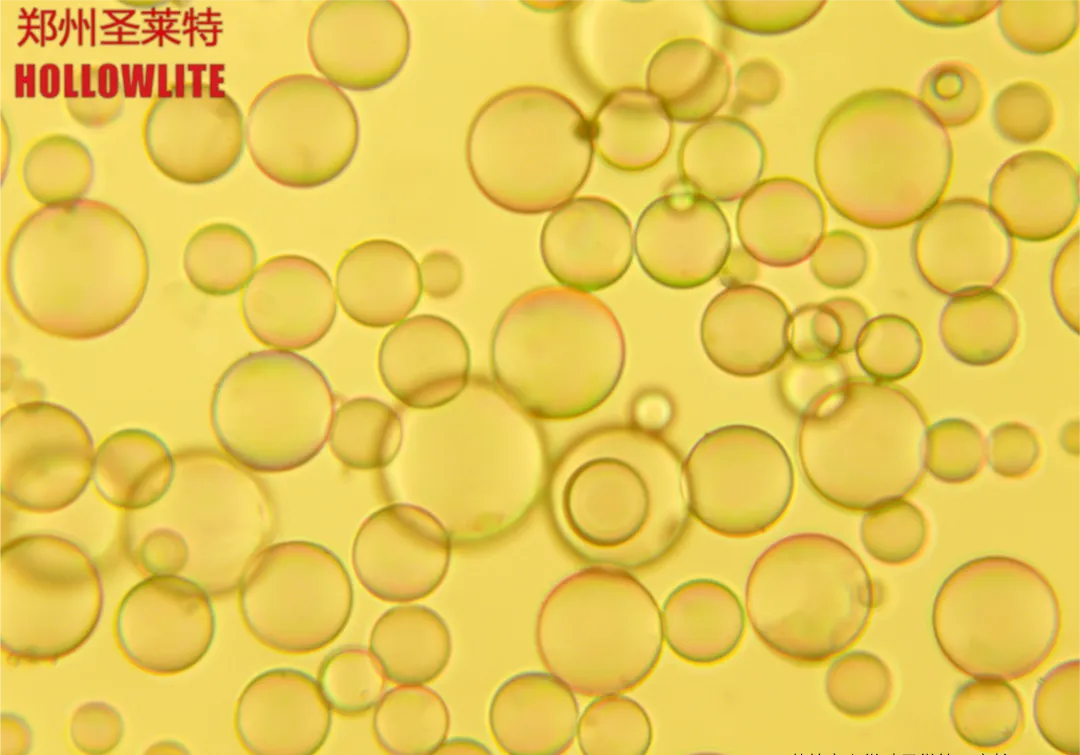
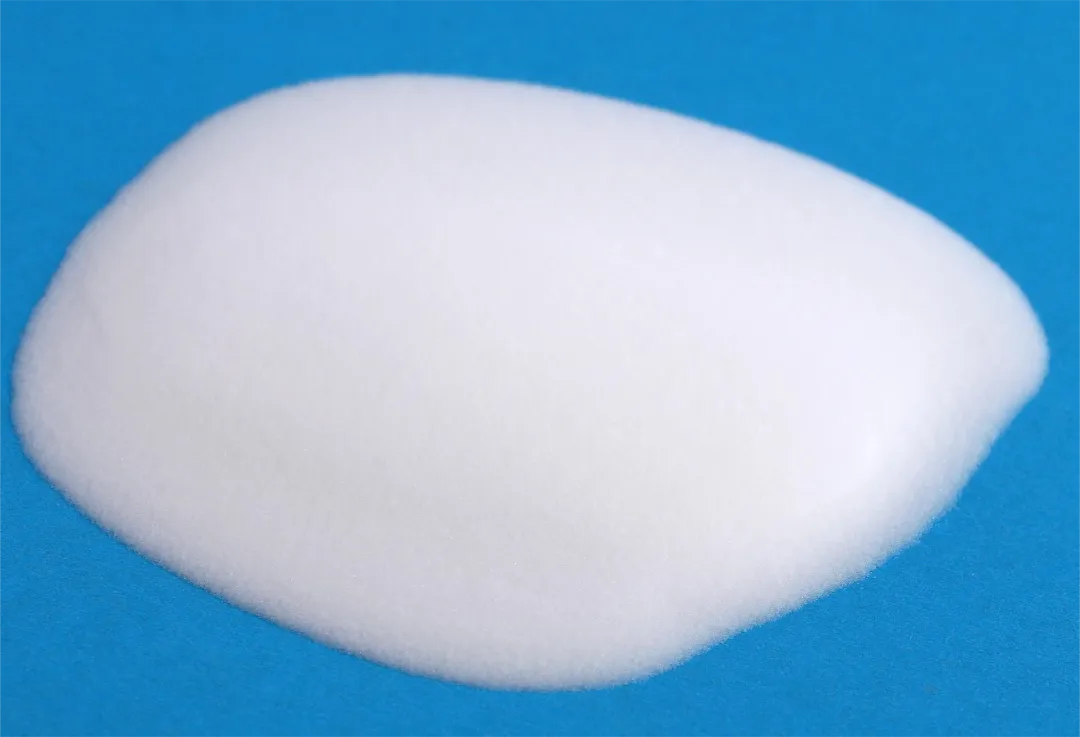
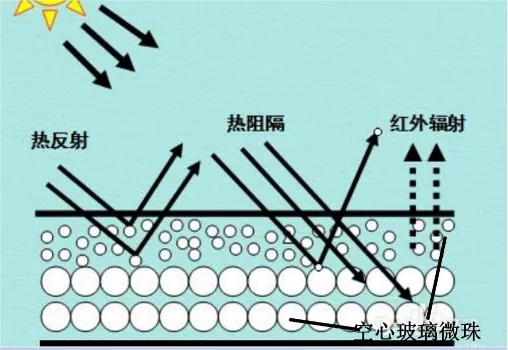
Thermal Insulation Coatings Prepared by Hollow Glass Sphere of Different Specifications
Table 1 Formulations of heat insulation coatings prepared by Hollow Glass Sphere of different specifications
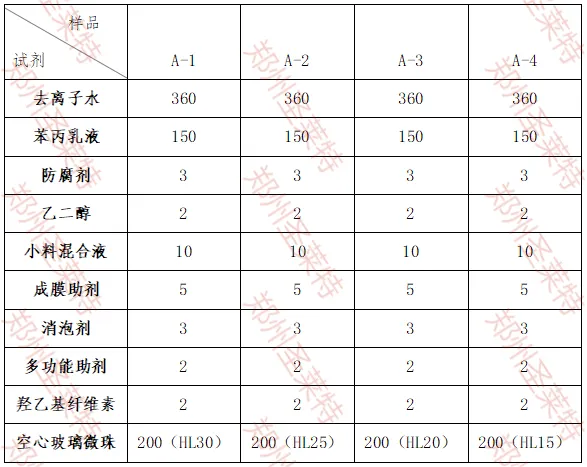
Note: HL30, HL25, HL20 and HL15 are holy Wright Hollow Glass Sphere, and the corresponding densities are 0.30g/cm3, 0.25g/cm3, 0.20g/cm3 and 0.15g/cm3 respectively. The unit of the values in the table is grams (g).
Preparation process: deionized water, styrene-acrylic emulsion and additives other than small material mixture are added into a stirring container, dispersed evenly in a high-speed dispersing machine, then Hollow Glass Sphere are added to continue stirring evenly, and finally small material mixture is added to disperse evenly to obtain a thermal insulation coating.
Table 2 Performance Test of Thermal Insulation Coatings
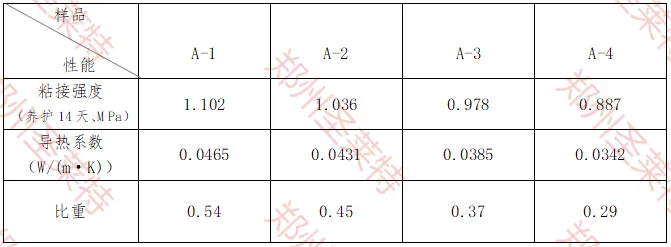
The thermal conductivity of Hollow Glass Sphere is related to the density. The lower the density, the more the volume of the hollow part, and the lower the thermal conductivity of the microspheres. It can be seen from Table 2 that, under the same mass of cenospheres, the thermal conductivity of Sample A1 to Sample A4 decreases in turn, because the low-density cenospheres have lower thermal conductivity.
Comparison of Thermal Insulation Coating Performance and Standard
The coating performance data are compared with the relevant standards, as shown in Table 3 below. Through the comparison of Table 3, it can be seen that the adhesive strength and thermal conductivity of the A- 1, A- 2, A- 3 and A- 4 of the thermal insulation coatings prepared by HOLLOWLITE Laboratory using different types of Hollow Glass Sphere can meet the requirements of GB/T 25261 standard, and the adhesive strength, thermal conductivity and specific gravity of the A- 2, A- 3 and A- 4 can meet the requirements of T/CECS 10126 standard, the bonding strength, thermal conductivity and specific gravity of the A- 4 can meet the requirements of JG/T517 standard.
Table 3 Performance comparison of thermal insulation coatings and standards
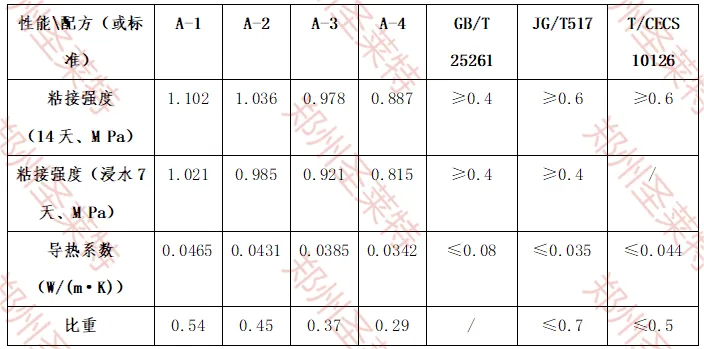
The thermal insulation coating prepared by HOLLOWLITE laboratory using Hollow Glass Sphere as functional materials has high cost performance and can be applied to the thermal insulation needs of industrial and civil fields.
Related News

